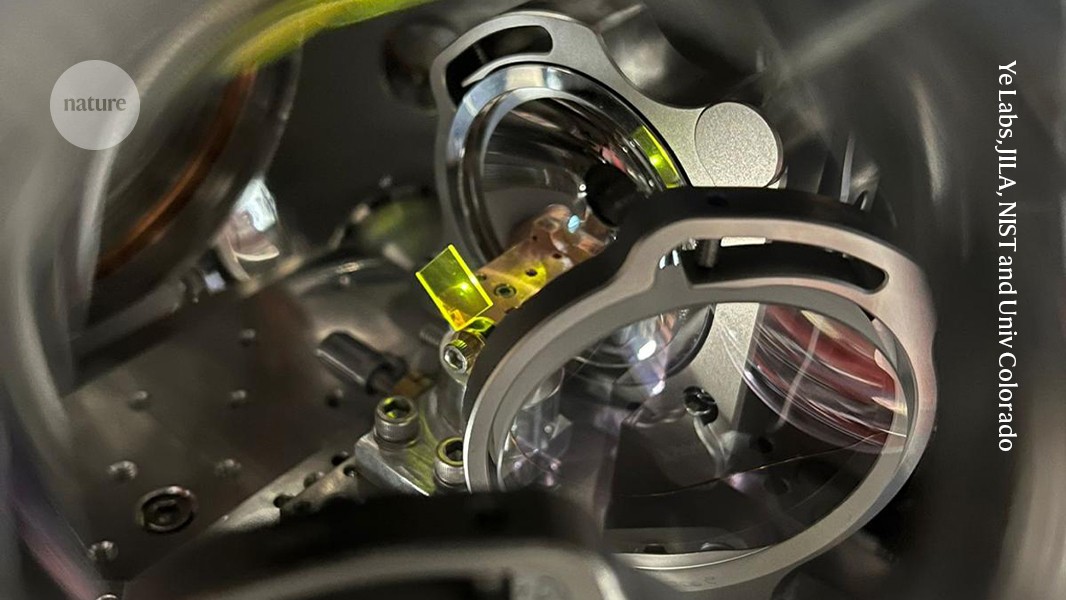CanadaPlus @ CanadaPlus @lemmy.sdf.org Posts 75Comments 8,131Joined 2 yr. ago
Ah, the old style of woodwork. People have almost forgotten it now - really, anyone uninterested in history has, although the traditions lasted longer than you'd think - but nails were once expensive. Scraping things to fit and using wood's natural flexibility can get you a good way, and the fact it shrinks and hardens after being cut down can also be used to great effect. Although, in this case the fact the female part is a full log makes me somewhat doubtful greenwood techniques were used, aside from maybe to make the dowels.
They would have made this thing entirely without power tools as well (so it's no wonder they skipped the nice finish). Two centuries ago they probably were using modern hand saws and the like, although certain archaic tools like the drawknife could have been in their kit as well.
Huh, very cool! Nobody in the family could remember where mine actually came from. Nobody else knew enough about electronics to be impressed by how old it is, either. Actually I'm lucky it came up.
There's no markings I can see. If Alladin had a patent on it maybe that would be the place to start looking for the model.
There's no mechanical relay I can hear and no tube warmup period, but on the other hand it has no boot period and it does behave oddly depending on the quality of mains power (so analog). The person who almost certainly bought it died in the 1970's.
Ah, okay. There has to be someone out there that's fully in this material century like that.
You have me beat by a bit if you're still daily driving it. OS support is getting hard, though.
Wirth's law seems to have passed Moore's law sometime around 2010. Or maybe we just ran out of non-gaming problems that are computationally hard. Either way, hardware from the time that isn't physically broken is still quite usable, if you've escaped from the proprietary software treadmill.
You lucky bastard!
I'm guessing metabolism causes the matter in a brain cell to turn over pretty often, even, and new neurons continue to grow throughout your life. Tooth enamel is the only part I know you can be reasonably sure is the same atoms as it's always been. Eye lenses might have some chemically durable portion, I suppose.
A person is like a river. Always there, but always changing.
I still have a clock radio from the 1970s around. No repairs needed, it's amazing the difference no moving parts makes.
.uk
What, it's not built on a Roman wall? Boooring. /s
It's crazy to me how commonplace truly deep history is over the pond. Like, there's been multiple different cities in the same place at different times, basically.
Hmm, do you literally only own things you bought new?
If you tripped, there's not much to grab onto, and it looks both steep and very uneven.
I would have no problem climbing this myself. Habitually climbing it carelessly and/or while burdened would present some risk, though, and it's probably not going to be great for grandma. We don't build like this anymore out of inclusion, a higher level of value on life and just not wanting or needing to have architecture that requires skill to use.
Mmm, delicious non OSHA-compliance. No handrails, no problem!
I'm fascinated with those joints. Are they nailed at all, or is it just held together by gravity, friction and the exterior walls?
Ugh, I grew up in a house of similar age. It's amazing how outdoors a nominally indoor space can be. The layers of history those places have can be neat, though.
The US still does build things, just mostly expensive things.
Lol, it looks like that particular dude died in a plague outbreak.
Are all the previous owners known? I can only imagine the stories such an object might tell us if it could speak (as well as sing).
In common usage, at least, it's an ecosystem of open source system software that sprang up around the Linux kernel. What exactly a kernel is might not matter to you.
The practical upshot is that you can run a computer without any code on it on it that isn't publicly accessible (from Apple, Google or Microsoft). There are other ways than Linux if you're committed, but none nearly as well developed.
This is good, because Linux is free of cost, free of restrictions on what you do with it, and experience has shown that open source code is much more maintainable and less likely to contain bugs and security vulnerabilities. (Basically, if any problems come up someone out there is likely to fix them, while closed-source software is rarely touched by anyone other than the original team)
Just for fun, and because someone has to post the meme:
Is there a chance that's right around the time the code no longer fits into the LLMs input window of tokens? The basic technology doesn't actually have a long term memory of any kind (at least outside of the training phase).
How paranoid are you about dropping it or falling while holding it? That's literally what I think every time I hear about instruments like this.
That would be among the few things left over from the age of knights and the black death (or the end of that period, anyway), and even modern instruments can be unbelievably valuable.
Hmm, probably cookware from the 1960's. Furniture too, if that counts. It's possible something in the kitchen is actually a generation older, although I'm not sure.
If you include decorations as opposed to just tools it goes back almost arbitrarily (I have 19th century heirlooms, pre-settlement arrowheads and Cambrian period fossils), but I think the spirit of the question is more about things finding a totally pragmatic application.
Edit: I also have a touch-sensitive lamp of a similar age to the cookware. I'm not sure how it works exactly, but I'm guessing the entire exterior is one big capacitor, and it must have a very early transistor inside to switch it. It's not quite used daily, but it's sure interesting.
Agreed. The started out trying to make artificial nerves, but then made something totally different. The fact we see the same biases and failure mechanisms emerging in them, now that we're measuring them at scale, is actually a huge surprise. It probably says something deep and fundamental about the geometry of randomly chosen high-dimensional function spaces, regardless of how they're implemented.
Like you said we have no understanding of what exactly a neuron in the brain is actually doing when it’s fired, and that’s not considering the chemical component of the brain.
I wouldn't say none. What the axons, dendrites and synapses are doing is very well understood down to the molecular level - so that's the input and output part. I'm aware knowledge of the biological equivalents of the other stuff (ReLU function and backpropagation) is incomplete. I do assume some things are clear even there, although you'd have to ask a neurologist for details.
I actually was going to link the same one I always do, which I think I heard about through a blog or talk. If that's not good enough, it's easy to devise your own test and put it to an LLM. The way you phrased that makes it sound like you're more interested in ignoring any empirical evidence, though.
Has anyone ever done a Speculative Evolution book or work on Carcinisation?
Preventing child sex abuse must involve treating pedophiles, even past offenders, say experts - CBC Radio
Heart cockle shells transmit sunlight to photosymbiotic algae using bundled fiber optic cables and condensing lenses - Nature Communications
‘Nuclear clock’ breakthrough paves the way for super-precise timekeeping






